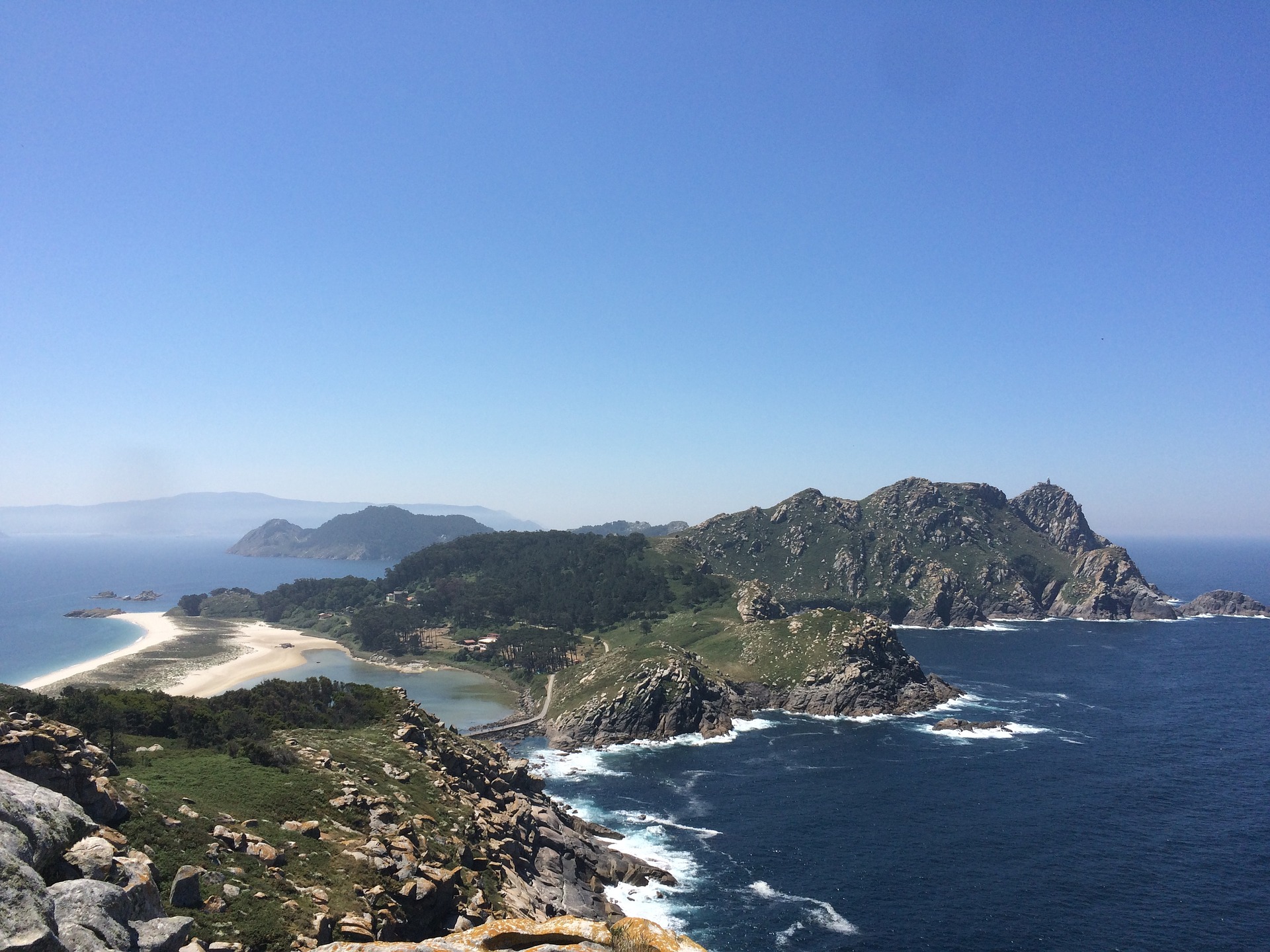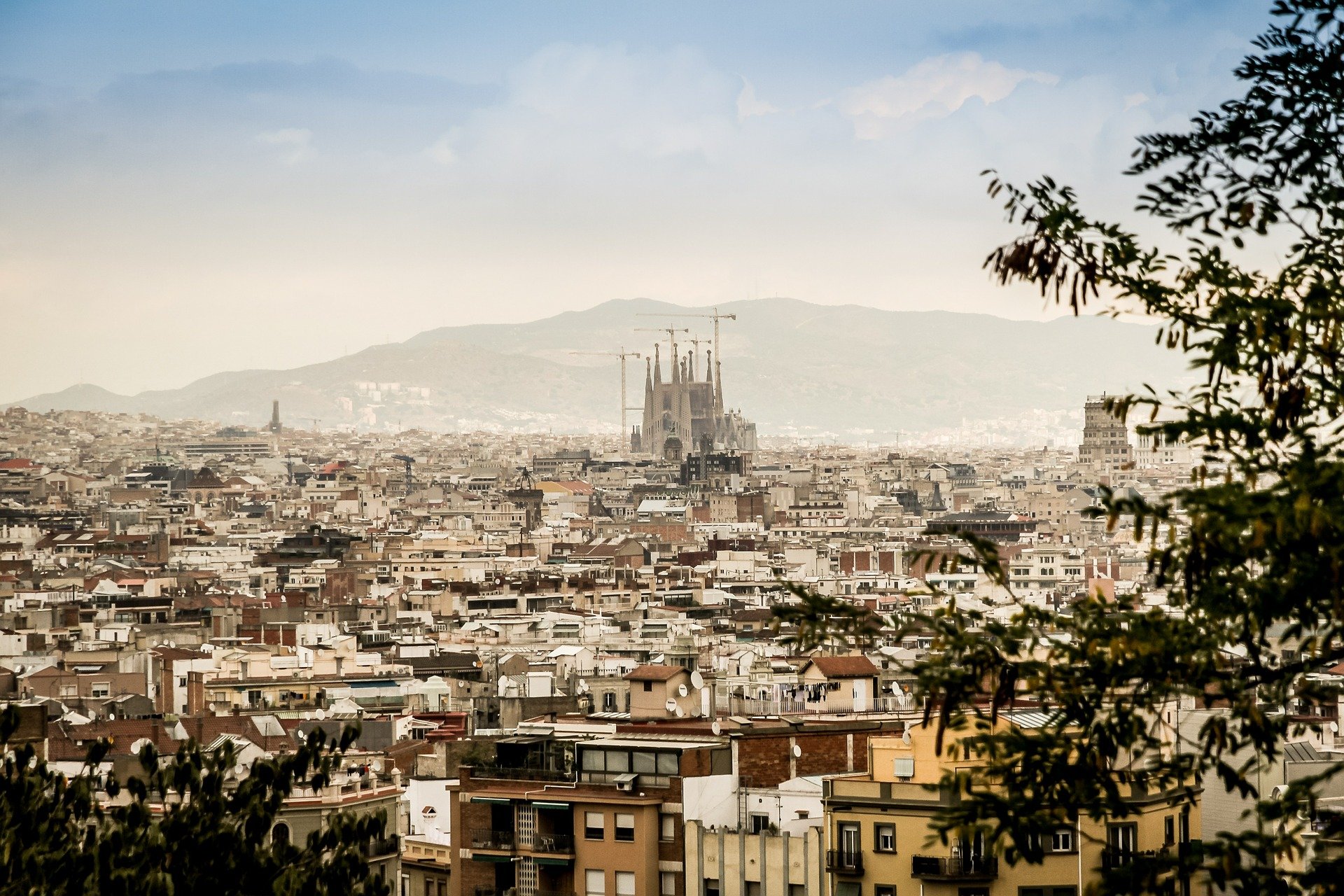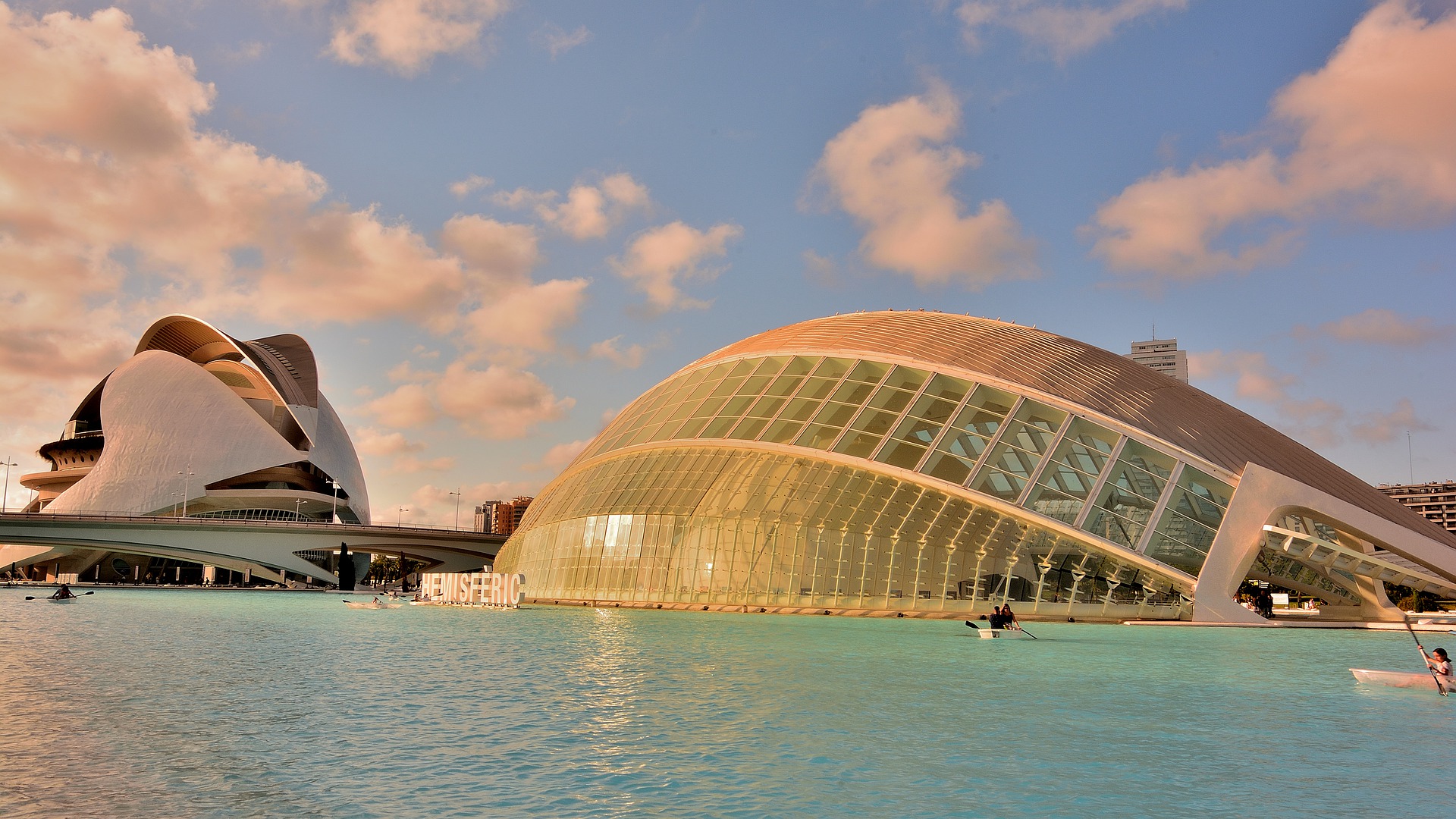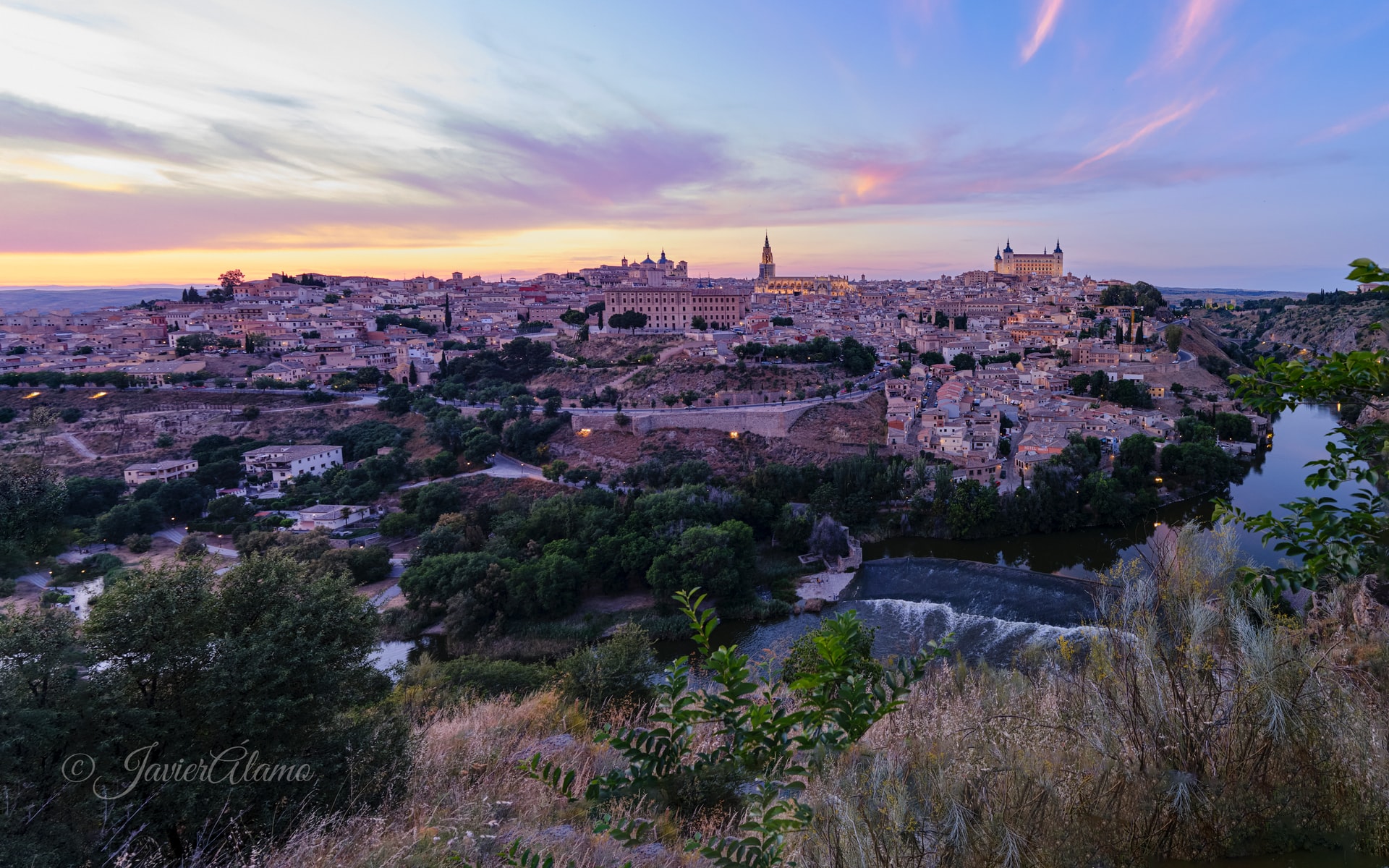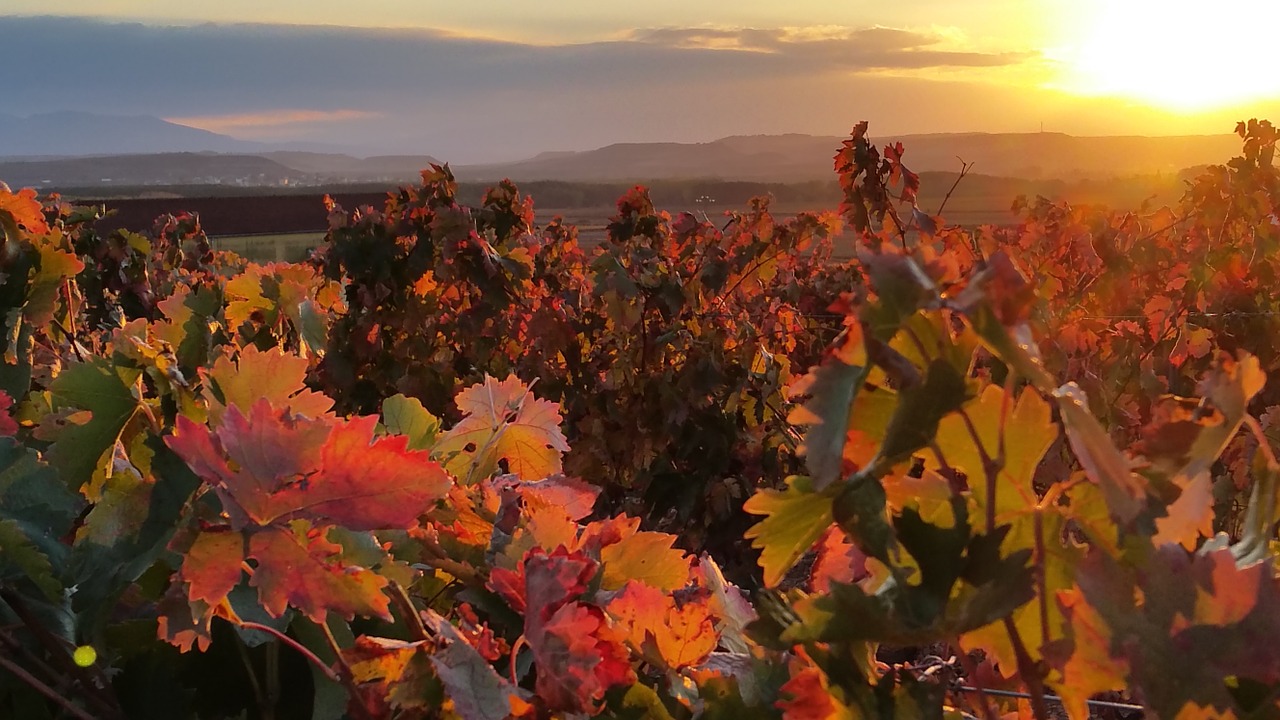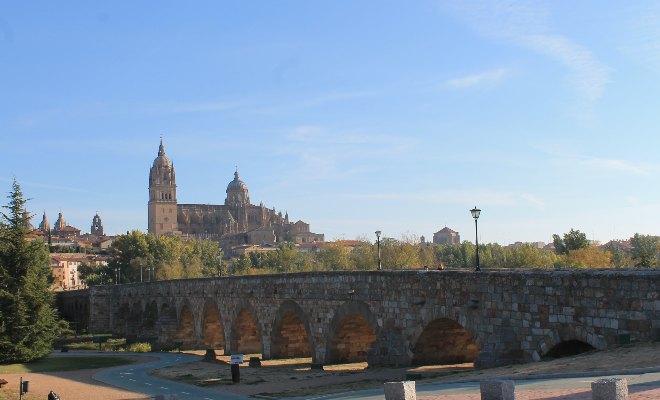
Official UK partner to the Paradors, Pousadas, Pestana Hotels & Resorts, Les Collectionneurs (Chateaux), and European Hotels Collection. Keytours International, formerly Keytel International, your agent in the UK.
Exploring Madrid & Castilla La Mancha
Lorna Roberts is undoubtedly a Parador expert having explored every nook and cranny of Spain and visiting almost all of the Paradors throughout her experience as their Irish Agent and leading numerous escorted tours across Spain using these wonderful hotels.
Here she shares her knowledge of the fascinating regions of Madrid and Castilla La Mancha and their Paradors:
MADRID, the capital of Spain, is an autonomous community at a height of over 600 metres (almost 2000 ft) on the central plain, between the two regions of Castilla y Leon to the north and west and Castilla La Mancha to the south and east.
Madrid
The city of MADRID, with a population of almost three and a half million spreads out to the foothills of the Sierrade Guadarrama in the north and the Sierra de Gredos in the west, so for the residents of the capital there are some stunning areas of natural beauty, and ski resorts within easy reach. The historic centre surrounds the Plaza Mayor from where the Calle Mayor leads to the Royal Palace. The city is famous for its fountains, restaurants, tapas bars and its museums and art galleries, notably the triangle of the Prado, Reina Sofia and Thyssen.
Outside the city boundaries are two of Spain’s most impressive buildings. On the south side is the magnificent Royal Palace beside the River Tajo (Tagus) at Aranjuez for which the “Concierto de Aranjuez” was written, while 45 km from Madrid, in the foothills of the Sierra de Guadarrama, is the grand Renaissance Palace of El Escorial, built in 1563 by Philip II as a burial place for his father Carlos V. Thirty km from Madrid with good connections by road and rail is the historic town of Alcalá de Henares. The home of Cervantes, this has been a World Heritage Site since 1998 and contains over 450 listed buildings, many of which are colleges of the world-famous university, including an Irish College which opened in 1630. There are archaeological remains dating back to Celtiberian settlements. The town is said to have the longest arcaded Calle Mayor in Spain.
The PARADOR DE ALCALÁ DE HENARES occupies a former 17th century college. The central cloister has been restored in traditional style surrounded by a modern construction which has won architectural awards. In contrast there is a restaurant across the road in the former 16th century college of San Jeronimo, and a function room which is used for weddings which have retained all the features of the original building. The Parador has a spa and seasonal outdoor pool.
The PARADOR DE CHINCHÓN is in the centre of a small town 50 km from Madrid in a restored Augustinian convent beside the Plaza Mayor. It is decorated traditionally and has formal gardens with cypress trees and roses surrounding a large pool.
Castilla La Mancha
CASTILLA LA MANCHA is the southern part of the central plain of Spain, made up of 5 provinces: Toledo and Ciudad Real in the west and Guadalajara, Cuenca and Albacete in the east. It is probably best known for the stories of Don Quixote and the windmills, some of which have been preserved as national heritage. Today the plains are home to modern wind turbines producing energy from the strong winds which sweep across the plain. There are mountain ranges, protected wetlands and nature reserves. La Mancha is famous for its Manchego cheese and the wines from the area around Valdepeñas.
Guadalajara
GUADALAJARA is the most northerly province of Castilla La Mancha east of Madrid. There is an industrial strip in the part of the province closest to Madrid and in contrast are vast plains dotted with small towns across the plain. The city of GUADALAJARA has evidence of a mixture of cultures, many buildings were lost in the civil war but there are remains of the city wall and palaces and a 10th century bridge across the River Henares. The Infantado Palace is the only remaining Gothic building.
The PARADOR DE SIGÜENZA is the only Parador in the province. It is a fine example of a medieval castle with thick stone walls around a courtyard. It was built on a Roman settlement dating back to the 12th century with a 13th century Romanesque chapel. It stands on a hill at the top of the town close to the Cathedral and the Plaza Mayor.
Cuenca Province
CUENCA is a rural province surrounding its capital city. Gorges, river valleys, lakes, nature reserves and mountain ranges make this one of the most spectacular inland provinces. Five rivers rise near the Serrania de Cuenca including the Tajo which, after flowing through Toledo and Extremadura, crosses Portugal to reach the sea as the River Tagus in Lisbon. 35 km from the city is the “Ciudad Encantada” where extraordinary rock formations have been developed for tourism with walking routes through the “Enchanted City”. The city of CUENCA was declared a UNESCO Patrimony of Humanity World Heritage Site and can be found beside the Huécar gorge at the point where the Huécar and Júcar rivers meet. The city is in two sections with the modern town 100 metres (300’) below the old town which stands high above the gorge and is best known for the Casas Colgadas (Hanging Houses), built into the sides of the gorge and precariously hanging from the rocks. In the old town is the Plaza Mayor dominated by the Gothic Cathedral and the coloured houses which are a feature of the square. The city is host to an annual music festival.
The PARADOR DE CUENCA is the 16th century convent of San Pablo standing above the gorge opposite the old town with views of the hanging houses. It is built around a central cloister with the bar in the former chapel. In the restaurant is a tiled mural picturing an orchestra in honour of the city’s music festival. The Parador is connected to the old town by a metal bridge across the gorge. There is a seasonal pool.
The PARADOR DE ALARCÓN is a Medieval Arab fortress with thick stone walls and vaulted ceilings. It is the smallest Parador where all rooms have a different theme dedicated to a historical figure. It stands above a meander of the River Júcar, which forms a natural moat. Alarcón is 86 km from Cuenca on a scenic road through gorges.
Albacete
ALBACETE is a province of La Mancha characterised by wide open plains, mountain ranges and vineyards around Villarobledo. The Sierra de Alcaraz is known as an area of artistic and historic interest and close by is the source of the Guadiana River which continues westwards through underground lakes towards Badajoz in Extremadura from where it flows in a southerly direction to form the border between Spain and Portugal before flowing into the Atlantic in the province of Huelva 818 km from its source.
The city of ALBACETE, the walled city of knife making, has a Cathedral, Arab baths and its most visited building is the knife museum in the Casa de Hortelena, a Gothic building with a green tiled façade.
The PARADOR DE ALBACETE is a country house 4 km from the city on the plain in a tranquil, rural setting with gardens surrounding the large seasonal pool. It is light and spacious and being on the main road from Madrid to Alicante is an ideal stopping place (the meaning of the word Parador) to break the journey.
Ciudad Real
CIUDAD REAL is a mixture of all that La Mancha has to offer. Open spaces and natural parks cover the province and surround large areas of lagoons, rivers, waterfalls, volcanic landscape and the Tablas de Daimiel, an area of wetlands which was upgraded to National Park status in 1973. It is, consequently, a popular area for fisherman and birdwatchers as many migratory birds visit the wetlands and the Lagunas de Ruidera which stretch across both Ciudad Real and Albacete. The wines of Valdepeñas have brought great acclaim to the province. The city of CIUDAD REAL has a mixture of architecture from Christian, Moorish and Jewish communities.
The PARADOR DE MANZANARES is a country house beside the main road from Madrid to Andalucia, so a good stopping place. It is also a base for the natural attractions of the area being between Tablas de Daimiel and Las Lagunas de Ruidera, and close to the vineyards of Valdepeñas. It has a garden surrounding the seasonal pool.
The PARADOR DE ALMAGRO is a 16th century Franciscan convent close to the Plaza Mayor, the monastery and other monuments in the centre of the town. It is built round a courtyard and has well-kept gardens around the seasonal pool.
Toledo
The city of TOLEDO is the former capital of Spain standing above the gorge of the River Tajo. Within the city walls are buildings from all eras, reflecting the history of Spain in the Moorish, Mudejar, Gothic and Renaissance periods earning it UNESCO World Heritage status. The magnificent skyline is dominated by the spire of the 13th century Cathedral, churches, synagogues, mosques and the grand Alcazar. El Greco’s house can be visited and his paintings are seen in the city’s art galleries, and “The Burial of Count Orgaz” in the church of Santo Tomé. The narrow streets of the walled city are lined with cafés, bars and small shops selling the steel swords and marzipan for which the city is so famous.
The PARADOR DE TOLEDO is a country house standing above the gorge opposite the city so from the terrace and restaurant there are magnificent views of the city skyline, especially at night when the buildings are floodlit. There are also views of the city from the large seasonal pool.
The PARADOR DE OROPESA is a 17th century Renaissance palace which was the ancestral home of the Counts of Oropesa. It was the first Parador to open in a historic building in 1930, which is now a Parador-Museum. The large rooms are furnished and decorated to suit the building. From the Parador are panoramic views across the plain to the foothills of the Sierra de Gredos. Being close to the main road from Madrid to Lisbon it is a convenient stopping place.
If you are interested in escorted tours to the Paradors, please contact us. Lorna can tell you virtually everything there is to know about the Paradors of Spain, and she will be very happy to arrange all your booking requirements.

